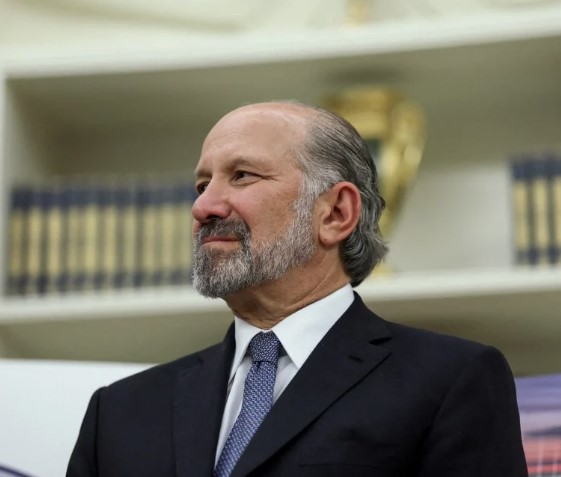Howard Lutnick, a senior US official and Commerce Secretary, recently expressed hope about reaching a new trade deal between the United States and India.
Talks of Hope and Demands
Speaking at an event in Washington that focused on economic ties between the two countries, Lutnick said that India is making a strong effort to be among the first nations to finalize a trade agreement with the US. He praised India’s eagerness and said this was a positive sign for moving forward.
However, Lutnick also made it clear that the US has expectations. He stated that American businesses must be allowed fair access to India’s markets. In simple words, the US wants to be able to sell more products and services in India without facing too many restrictions. Lutnick stressed that one of the main goals is to reduce the trade deficit—this means the US wants India to buy more from the US instead of just selling to it.
Lutnick acknowledged that India will also have its demands. He said India might ask for special access to American markets in return, especially in key sectors. This is common in trade talks where both sides want to gain benefits that help their own industries and economies.
Brics and Arms Trade Concerns
During his speech, Howard Lutnick also spoke about areas where the US and India do not see eye to eye. While he did not mention China directly, Lutnick urged India to reduce its closeness with countries like Russia and its involvement in the Brics group. Brics is a group of emerging economies including Brazil, Russia, India, China, and South Africa, along with new members such as Egypt, Iran, and the UAE. This group has been working to reduce dependence on the US dollar, a process called de-dollarization.
BRICS Currency Unveiled: A Bold Challenge to Dollar Dominance
Lutnick warned that such moves, especially those led by China within Brics, do not build trust with the United States. He said plainly that efforts to reduce the use of the US dollar in global trade “is not really the way to make friends and influence people in America.”
Another point of concern raised by Lutnick was India’s long-standing military relationship with Russia. He said that India has historically purchased large amounts of military equipment from Russia, which is something that “rubbed the United States the wrong way.” According to Lutnick, this practice is changing, and India seems to be moving towards buying more from the United States. He described this shift as an important step in improving US-India relations.
Tariffs, Trade Battles, and Growing Tensions
Howard Lutnick’s remarks also came at a time when tensions are high between the US and China over trade issues. Recently, the US accused China of breaking promises made during a 90-day trade truce, especially in connection with the export of critical minerals needed for electronic devices. This has created more tension between the two powerful economies.
Adding to the uncertainty, a US court temporarily blocked some of the sweeping “Liberation Day” tariffs on countries like China, Mexico, and Canada. These tariffs were linked to efforts to fight the spread of fentanyl and protect American industries. However, another court has paused that decision, keeping the tariffs in place for now. Howard Lutnick, commenting on the legal challenge, told a news channel that the tariffs are “not going away” and that the US president will continue using his powers to enforce them.
Indonesia Joins BRICS: A New Chapter in Global Cooperation
India is also being affected by these trade policies. If the Liberation Day tariffs remain, Indian exports to the US could be hit with a 27% tax starting next month. This would be one of the highest rates for Indo-Pacific countries. Additionally, starting Wednesday, a 50% tariff will apply to steel exports from India, which is the second-largest steel producer in the world after China. This increase was announced to support the US steel industry.
In response, India is preparing to take action. Reports suggest that India plans to cancel certain trade benefits for US products, including almonds and walnuts. It may also increase customs duties on metals imported from the US. These steps follow the rejection of India’s proposal at the World Trade Organization to impose its own retaliatory tariffs after facing heavy US duties on steel and aluminum.
In short, Howard Lutnick’s comments underline both the progress and the problems in US-India trade relations. While he remains optimistic about reaching a deal, he has made it clear that the US expects India to open its markets more, reduce its military ties with Russia, and move away from Brics. All of this is happening while trade battles, high tariffs, and legal fights continue to shape the economic relationship between the two nations.

